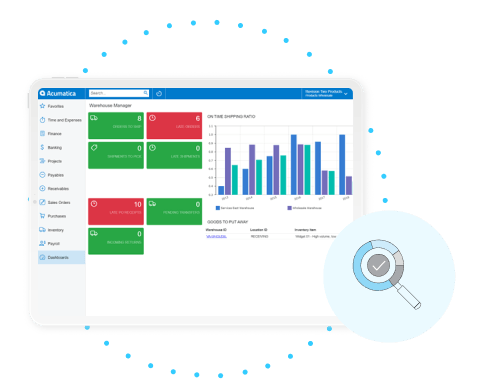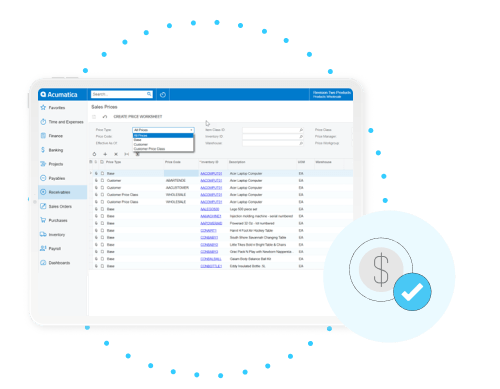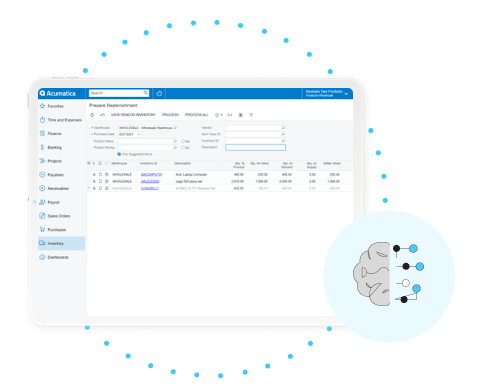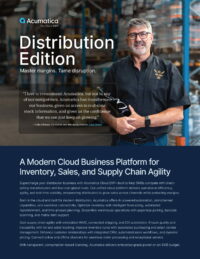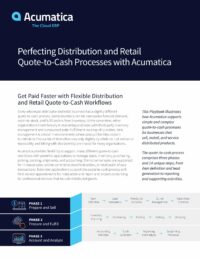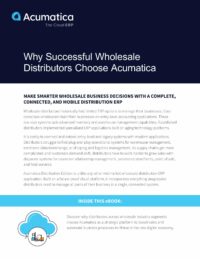No inventory? No problem.
Companies licensed for Inventory Management with Order Management have the full functionality in the Sales Order, Purchase Order, and Requisition Management applications. They can place orders for both stock and non-stock items, manage item substitutions, create cross-sell and up-sell relationships, transfer stock between warehouses, and use barcoding for inventory movement. Companies not licensed for Inventory Management can still place sales orders, create purchase orders, and create purchase order requisitions for non-stock inventory only.
 Canada (English)
Canada (English)
 Colombia
Colombia
 Caribbean and Puerto Rico
Caribbean and Puerto Rico
 Ecuador
Ecuador
 India
India
 Indonesia
Indonesia
 Ireland
Ireland
 Malaysia
Malaysia
 Mexico
Mexico
 Panama
Panama
 Peru
Peru
 Philippines
Philippines
 Singapore
Singapore
 South Africa
South Africa
 Sri Lanka
Sri Lanka
 Thailand
Thailand
 United Kingdom
United Kingdom
 United States
United States



